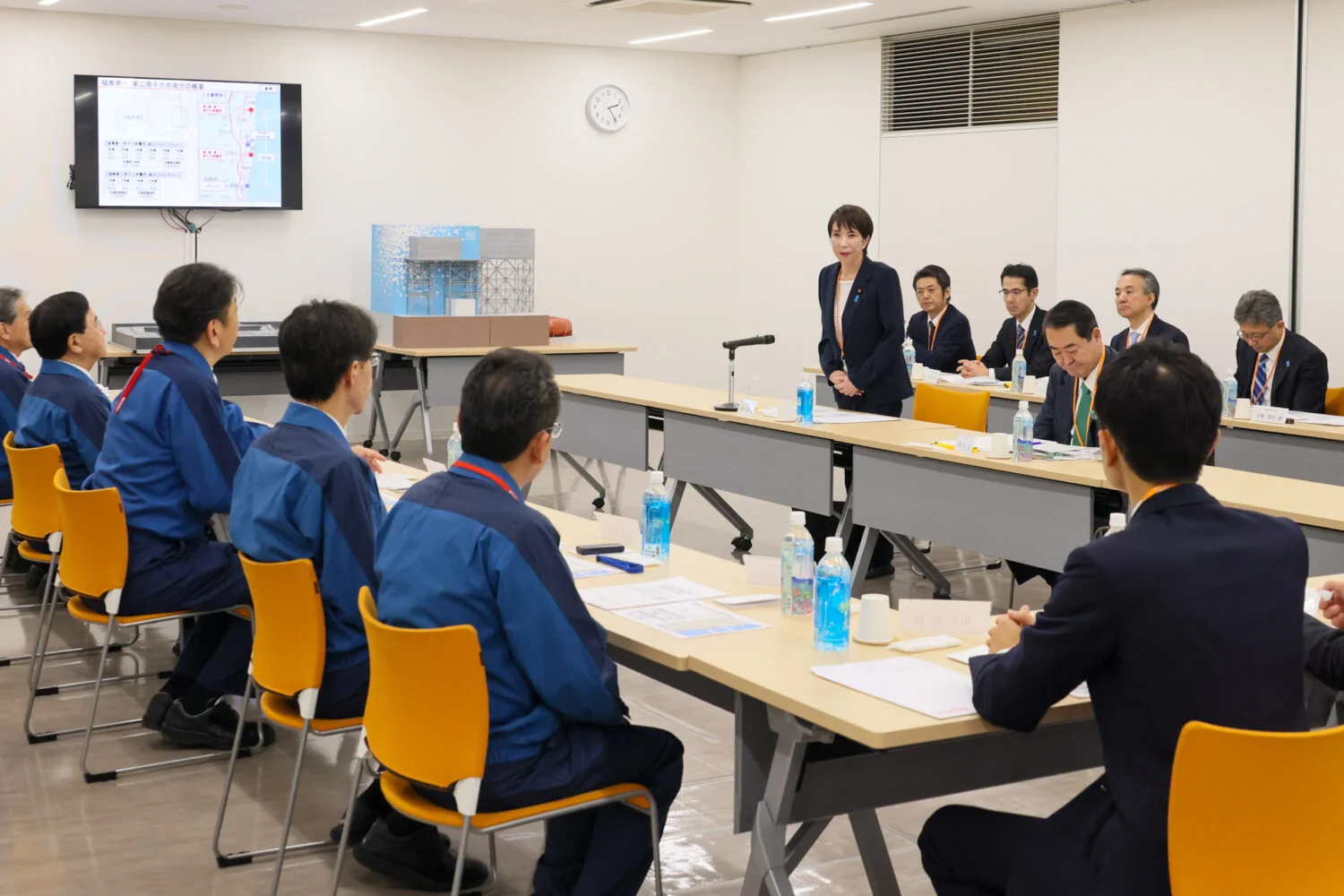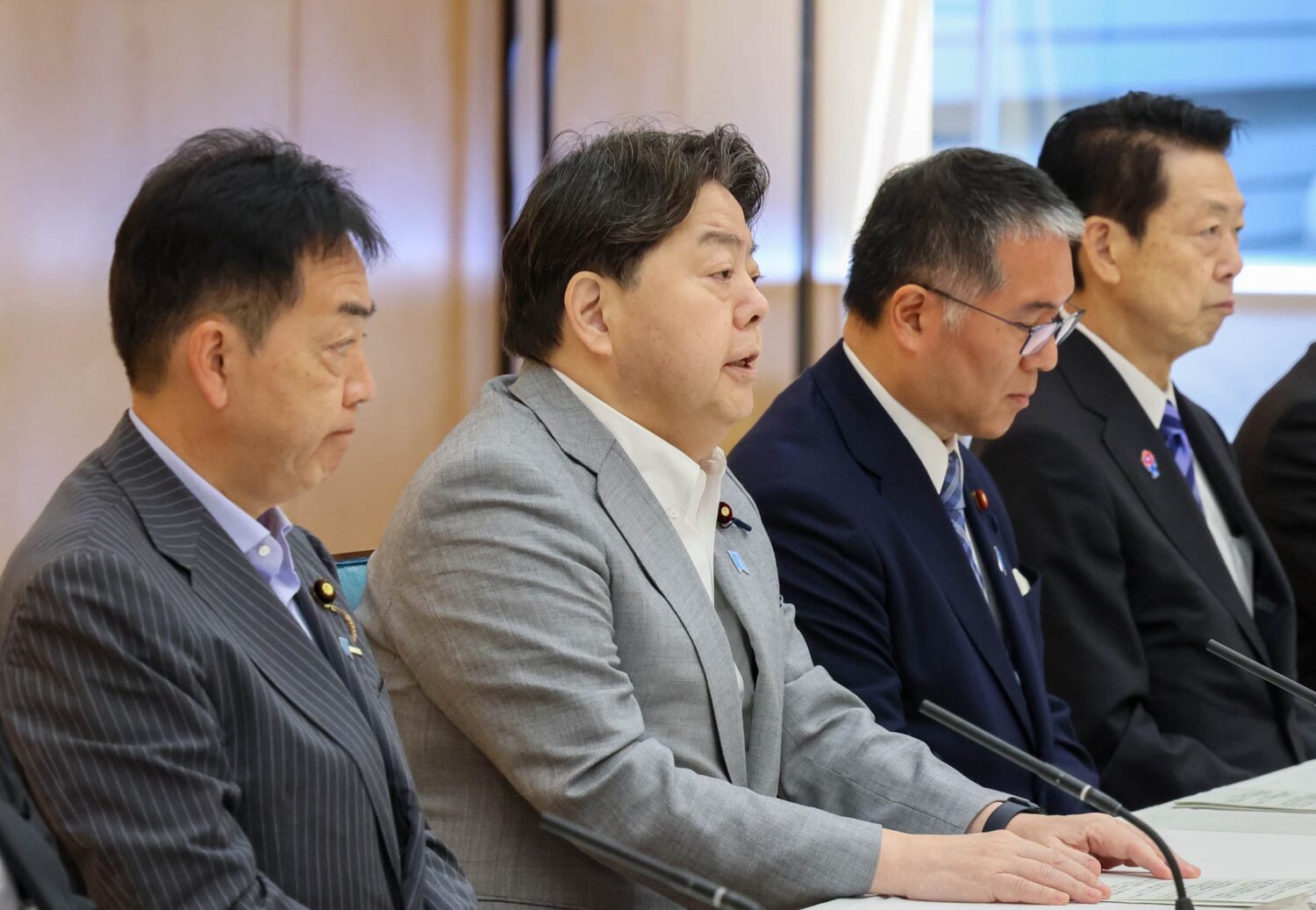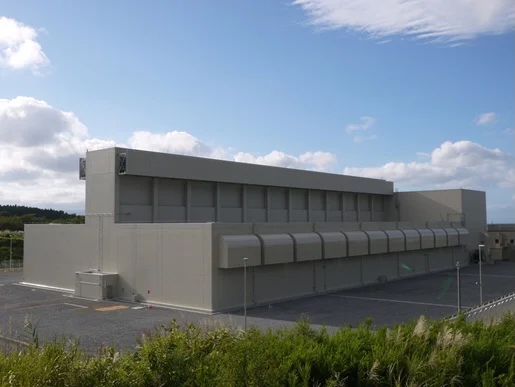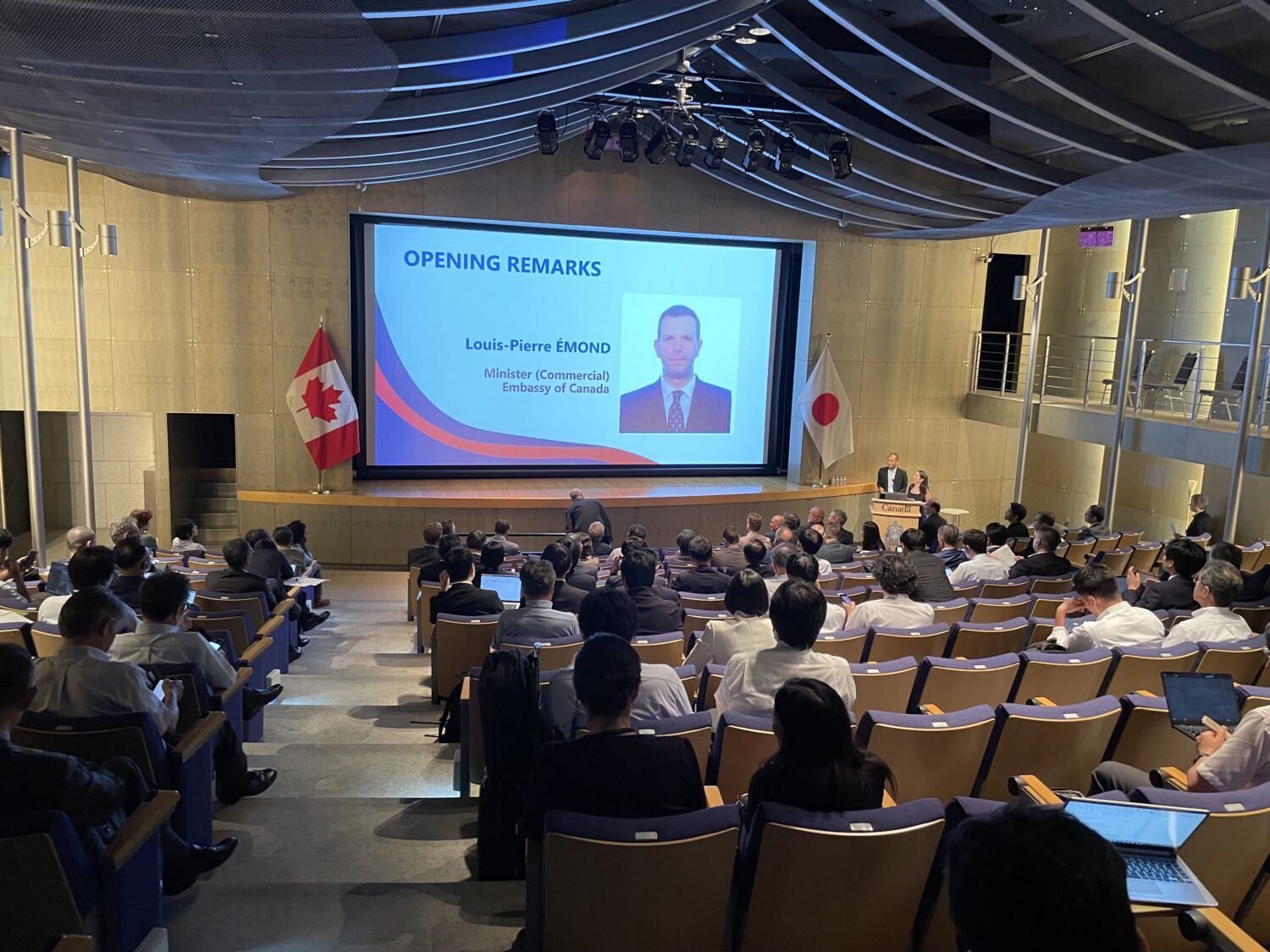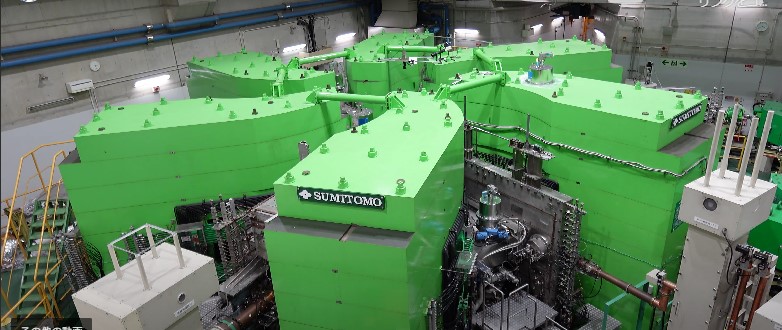Unlike the other three units, Unit 2 did not suffer a hydrogen explosion, so the upper operating floor of its reactor building remained intact. TEPCO had considered various options for dismantling and remodeling the top of the building before removing debris from the reactor, as well as spent fuel from the pool. It finally concluded that dismantling everything above the top floor was desirable from the viewpoints of maintaining work safety, mitigating its influence outside the Fukushima Daiichi site, and reducing risk.
TEPCO is now mulling over two different ways to remove the spent fuel and fuel debris: (1) using a common container for both, with a single container installed in the upper part of the operating floor of the reactor building, and (2) using two separate containers, one for the spent fuel and the other for the debris.
The power company had drawn up and compared several plans, each with a differing extent of dismantling to be carried out. Eventually, it determined that the best option would be to dismantle the entire upper portion of the building using either of the above two concepts. Even after the entire upper part of the building is dismantled, the increased amount of radioactive materials to be released from the four reactor buildings (Units 1 to 4) would still be within the scope of variations currently experienced.
TEPCO will now develop a detailed work plan, construct a mock-up and test the plan, initiating work based on that evaluation. It aims to decide on a removal plan for the spent fuel and debris—that is, whether to use one or two containers—in the first half of FY17 (April to September 2017). To that end, the company will begin dismantling and structural work on the building during the current fiscal year, which ends in March 2016.
According to the medium-term and long-term roadmap toward decommissioning for Fukushima Daiichi, spent fuel is to start being removed from the spent fuel pool of Unit 2 in FY20 (beginning in April 2020).
Meanwhile, as for measures to deal with the contaminated water emanating from the plant, TEPCO confirmed that the concentration of radioactive materials in the port seawater had started to decline after a shielding wall on the ocean side of the Fukushima Daiichi NPPs was completed on October 26. The data show that the wall is starting to be effective.
As for miscellaneous solid material waste, including used protective garments, TEPCO has finished constructing an incineration facility for them, and began tests using simulated waste on November 25. The power company will now carry out additional testing using actual contaminated waste. It hopes to start full operation by next March 31, the end of the current fiscal year.


